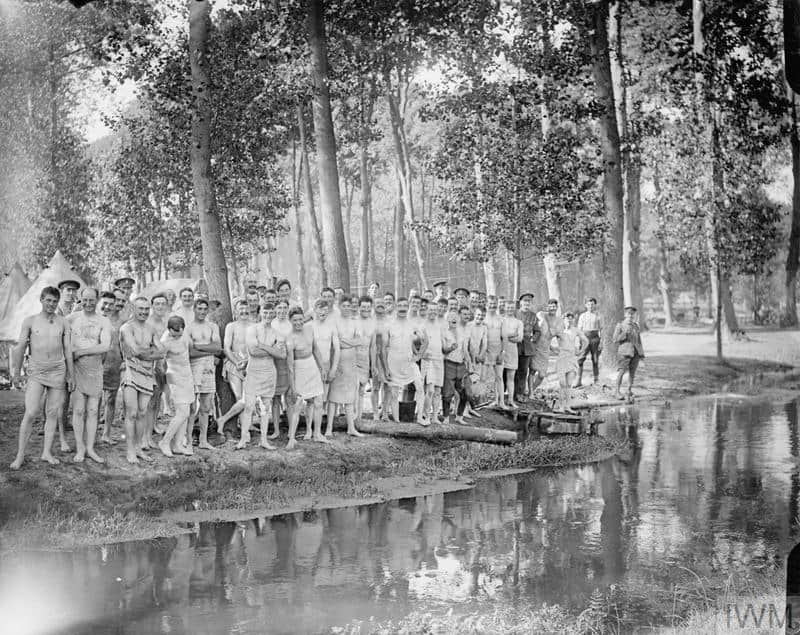Lys
The Battle, in its entirety, took place between 7th and 29th April 1918 and is also known as the Lys Offensive, the Fourth Battle of Ypres, the Fourth Battle of Flanders and Operation Georgette. It formed part of the 1918 German offensive in Flanders during World War I.
The Honour was awarded to the 3rd Hussars.
Hazebrouck
This was a German attack with the intention of capturing Hazebrouck that is stopped by the Australian 1st Division. French reinforcements are sent on their way to the British sector, specifically the Kemmel sector south of Ypres, to help stem the German advance.
The Honour was awarded to the 3rd Hussars.
Detail
The Battle of Lys was part of the 1918 German Spring Offensive ordered by Ludendorff in a final attempt by the Germans to break the Allied lines around Ypres.
By the Spring of 1918, the Germans knew that they faced a major problem on the Western Front. Since the American declaration of war, American soldiers had arrived in Western Europe in very large numbers.
The German High Command knew that these numbers would only dramatically increase given time. The Spring Offensive was an attempt to defeat the Allies before the full might of the Americans reached Western Europe.
The aim of the Battle of Lys from the German point of view was to capture Ypres and the surrounding high ground around Messines. The River Lys formed a barrier between two Allied armies.
The attack started on April 9th 1918 following a two-day artillery bombardment. The German Sixth Army attacked.
Another German attack on April 10th led to the capture of what was left of the village of Messines. While the ruins of the village may not have accounted for much, the Germans greatly benefited from the height that the Messines Ridge gave to them.
On April 12th the Germans made a concerted attempt to capture Hazebrouck, a major Allied logistics centre. The capture of this town would have been a major blow for the Allies. However, the town held out when the Australian 1st Division halted the German advance five miles from the town centre.
During the attack on the Lys, the 3rd Hussars were moved up to the Forest of Nieppe, south of Hazebrouck, but they were soon pulled back into general reserve for rest and training, especially mounted work.
The arrival of reinforcements eased Haig’s plight. While the Germans continued to advance and took several key targets (Mount Kemmel and the Scherpernberg – both of which gave the Germans height advantage), the attack had started to stall by April 29th with the arrival of French reinforcements.
Ludendorff called a halt to the attack. The gains at the Battle of Lys were the last the Germans made in World War One.
The Battle of Lys cost the Germans dearly in terms of men lost. The Germans lost 120,000 killed, wounded or missing. While the initial territorial gains in the battle may have boosted German confidence in their High Command, they could not cope with their overall losses.


